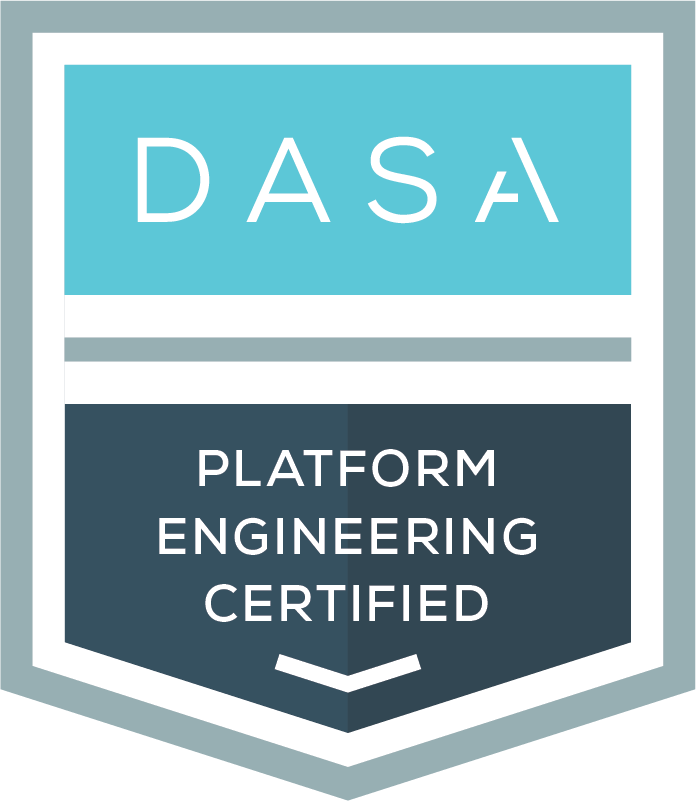In the realm of platform engineering, implementing the correct approach towards architecting, building, and adopting platforms is critical for ensuring operational efficiency and strategic alignment. Effective platform architecture and governance frameworks are essential for maintaining the reliability and performance of platforms, such as cloud infrastructure or server clusters.
This article aims to provide actionable insights and best practices for establishing the necessary technical and governance frameworks for successful platform architecture and adoption.
Architectural Challenges
One of the most significant challenges in platform architecture is the complexity of integrating various systems and technologies into a cohesive, efficient, and scalable platform. This integration often involves dealing with legacy systems, ensuring compatibility with new technologies, and managing the overall performance and reliability of the platform. Ineffective governance structures further complicate this task, leading to delays, conflicting priorities, and decision-making bottlenecks.
Technical and governance frameworks play a crucial role in addressing these challenges. Strategic governance and management encompass principles, processes, and practices such as strategic planning, portfolio management, and risk management. By establishing robust governance structures, organizations can streamline decision-making processes, prioritize high-value initiatives, and mitigate risks associated with platform engineering projects.
Implementation Strategies
Adopting the correct approach towards architecting, building, and adopting platforms involves several practical steps:
Conduct a Comprehensive Assessment
- Evaluate the current state of the organization’s platform architecture, identifying strengths, weaknesses, and areas for improvement.
- Using tools like DASA Platform Engineering Decision can help determine the organization’s readiness for platform engineering. This structured approach guides stakeholders through evaluating upfront investments, assessing readiness across various dimensions, selecting appropriate technology, and establishing governance frameworks.
Develop a Strategic Plan
- Create a detailed strategic plan that aligns platform engineering initiatives with the organization’s strategic goals. This plan should outline the vision, objectives, and key performance indicators (KPIs) for platform engineering projects.
- Incorporate strategic governance and management practices into the plan to ensure that all initiatives are well-coordinated and aligned with the overall business strategy.
Establish Technical and Governance Frameworks
- Implement technical frameworks that support scalability, reliability, and performance of the platform. This includes selecting the right technologies, setting up monitoring and management tools, and defining architectural standards.
- Develop governance frameworks that facilitate effective decision-making, prioritize projects based on their strategic value, and manage risks. These frameworks should include processes for regular review and assessment of platform performance and governance effectiveness.
Foster a Culture of Collaboration and Continuous Improvement
- Encourage collaboration across various business and IT roles to ensure that all stakeholders are aligned and working towards common goals. Effective collaboration leads to more innovative solutions and better decision-making.
- Promote a culture of continuous improvement by regularly collecting and analyzing feedback from users, stakeholders, and monitoring systems. Use this feedback to make iterative improvements to the platform and governance practices.
Implement Iterative Development and Deployment
- Adopt an iterative approach to platform development and deployment, allowing for incremental improvements and quick adjustments based on feedback and performance data.
- Ensure that each iteration delivers tangible value and aligns with the outlined strategic plan.
Building effective platforms requires a comprehensive approach that integrates robust architectural and governance frameworks with practical implementation strategies. By conducting thorough assessments, developing strategic plans, establishing technical and governance frameworks, fostering a collaborative culture, and adopting iterative development practices, organizations can ensure the success of their platform engineering initiatives.


DASA Platform Engineering
De-risk, optimize, and get maximum value from the platform engineering initiative.
